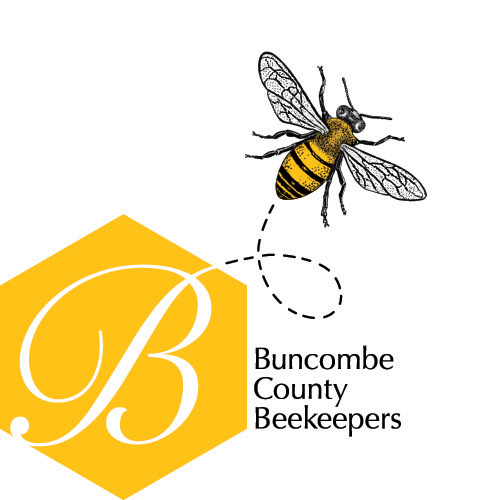Born and Bred 2017
Presented by the North Carolina State Beekeepers Association
Your NCSBA is proud to present Born & Bred 2017 in cooperation with the NCSU Apiculture Program and the NCDA&CS Apiary Inspection Service.
A program of advanced beekeeper education in the field of queen rearing and colony management. Born and Bred workshops will be on queen rearing and conducted with a curriculum of such substance that participants can effectively learn how to raise queens with the information presented and a degree of diligence on their part. Beekeepers of all levels will be able to gain an understanding of queen production that is controlled by the beekeeper and how environmental factors affect the behavior of the honey bee during queen production.
In practice, it is not necessary for every beekeeper to be able and proficient in all the steps of controlled queen rearing in order to be successful, but it is essential that the successful beekeeper understand the processes of queen rearing that occurs in nature. An understanding of how the queen rearing beekeeper manipulates the honey bee colonies in order to produce queens and manage mating colonies would enable the hobbyist beekeeper to better understand the naturally occurring queen processes, evaluate the queen status of honey bee colonies and make increases in the bee yard. And would help support a sustainable, in-state supply of honeybee queens, packages, and nucs.
The day long course will be offered in Greenville, NC on May 6 and again on May 20 in Statesville, NC. The cost is $75.00 per participant and is limited to the first 100 at each location. Please complete the Online registration form and pay on line or pay by check to:
Paul Newbold, MBP Committee
759 Chapanoke Rd.
Hertford, NC 27944
Each Workshop is limited the first 100 registered.
“Continue for Course outline”
Born and Bred outline
- The innate ability of the honey bee to survive and reproduce and the conditions necessary for queen production (handouts and lecture).
- How the instinct for survival works for and against the queen rearing process.
- The conditions necessary for queen production
- The effects that environmental factors have with regards to honey bee behavior and queen production (handouts and lecture).
- Temperature
- Weather conditions
- Season of the year
- Honey flows
- Mites, diseases and hive beetles
- The specialized equipment and devices of queen rearing–what to use, how to build, and where to purchase items such as grafting room equipment, cell cups, incubators, mating nuc boxes, feeders (demonstration and display).
- A complete list of items needed
- The cell builder hives
- The medium frame mating nuc
- The advantages of the incubator
- The vendors for equipment
- Designs for homemade items
- The timing and mechanics of cell production in nature and by the beekeeper (demonstration and display).
A. How the colony raises a queen
B. The time line of the grafted queen
C. Set up and management of the cell builder colonies
D. Grafting the larvae
E. Incubation and handling of queen cells
- How to establish, evaluate, and manage the mating colonies (demonstration, display, short video).
A. Selecting and preparing the mating yard site
B. Brief comparison of the types of mating nucs
C. Use of the five frame medium mating nuc D. Working with ripe queen cells
E. Checking and evaluation of mating colonies
F. Managing attrition in the mating yard
- How to determine the queen status of a hive without finding the queen. (Lecture and power point).
A. Behavior of the virgin compared with the laying queen
B. The brood nest
C. Queen cells in the brood nest
D. Conditions of the brood-less hive
F. Egg laying by worker bees
G. Allowing the re-queening process time to work - How to catch, mark, cage, and transfer queens. (Short video and lecture)
A. Catching and marking
B. Caging the queen
C. The push-in cage
D. Special devices - Troubleshooting the queen rearing process. (Handouts and lecture)
A. Poor grafting results
B. Dead queen cells in incubator or mating colony
D. Small virgins and poor emergence rate
E. Poor percentage of laying queens
F. Mating colony re-queens itself

